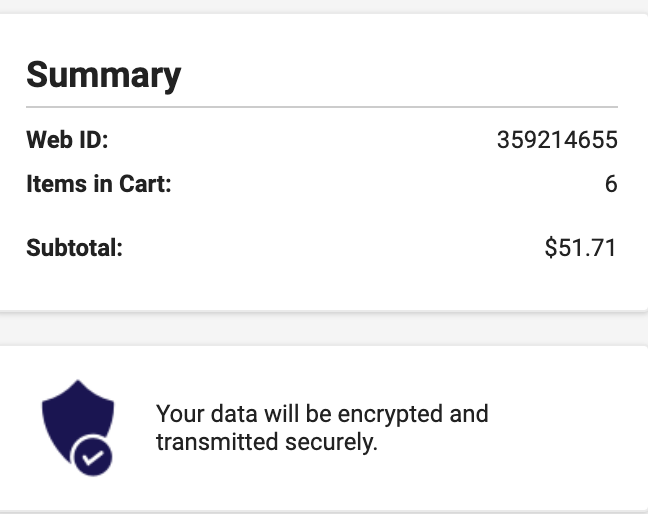SmartClockPi
A Raspberry Pi Zero 2 W based smart clock with touchscreen, environmental sensing, and more.
Time spent on this project: ~35 hours
8/6/25
Update 1
Started a new project for a smart clock using the Raspberry Pi Zero 2 W.
Planning:
- Decided on a feature set: large touchscreen display, temperature/humidity/pressure monitoring, internet weather, touch sensing, and music playback for the alarm part.
- Researched and compared display modules -- settled on a 3.5" ILI9488 SPI TFT resistive touchscreen (480x320). Good size and clarity.
- Chose the BME280 sensor for environmental data, using the I2C interface with the Pi and freeing SPI for the display.
- Support for both devices with available Python libraries (
luma.lcd,Pillow,adafruit-circuitpython-bme280). (at least I hope so)
Links:
Hardware & Wiring:
Used the pinout provided in the datasheet for the display:
The BME280:
SPI Display Pins (ILI9488)
| Pin | Name | Description | Raspberry Pi Zero 2 W Pin |
|---|---|---|---|
| 1 | VCC | 5V/3.3V power input | 3.3V (Pin 1 or 17) |
| 2 | GND | grounding | GND (Pin 6 or 9) |
| 3 | CS | LCD chip select signal, low level enable | GPIO8 (SPI0_CE0, Pin 24) |
| 4 | RESET | LCD reset signal, low level reset | GPIO25 (Pin 22) |
| 5 | DC/RS | LCD register/data selection signal | GPIO24 (Pin 18) |
| 6 | SDI(MOSI) | SPI bus write data signal | GPIO10 (SPI0_MOSI, Pin 19) |
| 7 | SCK | SPI bus clock signal | GPIO11 (SPI0_SCLK, Pin 23) |
| 8 | LED | Backlight control (tie to 3.3V for always on) | 3.3V (Pin 1 or 17) |
| 9 | SDO(MISO) | SPI bus read data signal (optional) | GPIO9 (SPI0_MISO, Pin 21) |
Touch Panel Pins (using touch, XPT2046 controller)
| Pin | Name | Description | Raspberry Pi GPIO (need to work this out later) |
|---|---|---|---|
| 10 | T_CLK | Touch SPI bus clock signal | Any free GPIO |
| 11 | T_CS | Touch chip select (active low) | Any free GPIO |
| 12 | T_DIN | Touch SPI input | Any free GPIO |
| 13 | T_DO | Touch SPI output | Any free GPIO |
| 14 | T_IRQ | Touch interrupt (active low) | Any free GPIO |
BME280 Sensor (I2C)
| Pin | Name | Description | Raspberry Pi Zero 2 W Pin |
|---|---|---|---|
| 1 | VCC | 3.3V power | 3.3V (Pin 1 or 17) |
| 2 | GND | Ground | GND (Pin 6 or 9) |
| 3 | SDA | I2C data | GPIO2 (I2C SDA, Pin 3) |
| 4 | SCL | I2C clock | GPIO3 (I2C SCL, Pin 5) |
- Both modules use 3.3V power (chose BME-3.3, so do NOT use 5V).
- LED pin on display can be tied to 3.3V for always-on backlight, or controlled by a PWM GPIO for dimming.
TO_DO
- add a photoresistor or something to chnage the bightness dynamically
Time spent today: 2 hours (research, planning, reviewing libraries, looking for modules, and mapping out wiring)
10/6/25
Update 2
Worked on SmartClockPi code and UI, even though I don't have the hardware yet.
Today:
- Wrote the main Python app logic for the clock display and sensor/weather integration.
- Used the
luma.lcdlibrary for the ILI9488 SPI display, andadafruit-circuitpython-bme280for the sensor interface. - Integrated free weather data from wttr.in for Auckland, Half Moon Bay area (no API key required).
- The app will show:
- Real time and date (large, clear fonts)
- Indoor temperature, humidity, and pressure (from BME280, once connected)
- Outdoor weather: main status, temperature, humidity, and icon (from wttr.in)
- Weather auto-refreshes every 10 minutes, sensor data every second.
- Alarm logic is removed for now to keep the code simple.
- All code is structured to be ready for testing as soon as the display and sensors are available.
- Next steps: add touch UI, dynamic backlight (photoresistor), and maybe a settings menu.
Time spent this session: 1.5 hours
Update 3
I started working on the schematic for the project. I wanted to include both the Raspberry Pi header, the BME280 sensor, and the ILI9488 touchscreen display in my design. However, I ran into an issue: I couldn't find a suitable symbol or footprint for the LCD screen I’m using (the ILI9488 SPI TFT touchscreen) in my KiCad’s library.
I decided to use generic header pins to represent the LCD screen in the schematic. This way, I was able to clearly show all of the required connections for the display, including the SPI and touch controller signals, power, and backlight control.
When i get the PCB, I will just solder some female header pins (1x14) onto the board, and plug the screen in. I might need some standoffs though...
Next step: add in a photoresistor
Time spent this session: 3 hours
11/6/25
Update 4
I finalised my schematic during the session. The main challenge is to find the footprints and symbols for my parts. I ended up using female header pins to plug my modules in.
Time spent this session: 5 hours
12/6/25
Update 5
Started working on the PCB. It was very stupid converting the schematics into PCB. The Tools > Update PCB from schematics was greyed out. But somehow I made it work after wasting a lot of time...
Time spent this session: 4 hours
14/5/25 & 15/5/25
Update 6
Started sourcing the parts and organising them into a spreadsheet/Excel document
(note there are a lot of mistakes - 16/6/25)
13/5/25 & 16/5/25
Update 7
Did a lot of work on the PCB. I connected all my 17 parts (at the time of writing) together. The big, main issue I had was to get the blue wires
(connector lines) to show up on some of the parts. Turned out KiCad didn't know which pins were which, so it ignored them. I changed the pin numbers from correct ones to lables, replacing the numbers, since I couldn't make the lables show up before. So I changed the pin numbers back, and YAY!!
The PCB is done, so long as I don't decide to drop a few more parts in....
Time spent this session: 6 hours
17/5/25
Update 8
Added my parts to my BOM. I started to source some of the parts, including the Raspberry Pi Zero 2 ($25 before, now $15!!)
Time spent this session: 1.5 hours
18/5/25
Update 9
For this session, I worked more on the PCB. Unfortunately, I did change the PCB layout to make way for the USB connectors. The connectors are for the Li-ion battery charger module. Since there is an extra USB output, I connected it to the PCB, providing 2.4A at 5V QC.
Sourcing the USB ports was very annoying, especially with the microUSB ports (there are so many different kinds!!)
Time spent this session: 2.5 hours
19/5/25 - 24/5/25
Update 10
I tried to finallise sourcing the parts for my project.


Time spent this session: 7 hours
